Self-lubricating bearings are a type of bearing that use embedded lubricant to reduce friction without the need for external lubrication. These bearings are designed to provide continuous lubrication during operation, significantly improving the efficiency and longevity of machinery. They are widely used in applications where reducing maintenance downtime and operational costs are critical, such as in high-speed machinery, automotive components, and industrial equipment.
How Self-Lubricating Bearings Improve Efficiency
Reduced Friction for Smoother Operations
One of the key advantages of self-lubricating bearings is their ability to reduce friction between moving parts. Traditional bearings require frequent external lubrication to function effectively, but self-lubricating bearings release lubricant gradually from within the material itself. This continuous lubrication ensures that the bearing operates smoothly, reducing the resistance between moving surfaces, leading to improved efficiency. With less friction, machines can operate at higher speeds with reduced energy consumption, resulting in better overall performance.
Minimized Heat Generation
The reduction in friction not only boosts machine efficiency but also minimizes heat generation. Excessive heat is a common issue in traditional bearings due to friction, which can lead to premature wear and tear, reducing the life expectancy of the equipment. Self-lubricating bearings help to maintain optimal operating temperatures, preventing overheating and minimizing the risk of damage to machinery components. This thermal stability contributes to more consistent performance and reduced energy waste.
Increased Speed and Productivity
Self-lubricating bearings enable machines to operate at higher speeds without the concern of friction-induced wear or overheating. The lubrication is built into the material, ensuring that the bearing is always operating under ideal conditions, even at high operational speeds. As a result, manufacturers can achieve higher productivity levels, as machines require less downtime for maintenance or lubrication, ultimately leading to more efficient production cycles.

How Self-Lubricating Bearings Extend Machine Longevity
Reduced Wear and Tear
Because self-lubricating bearings are continuously lubricated, they experience significantly less wear and tear compared to traditional bearings. The lubrication forms a thin film between the moving surfaces, which reduces direct contact and minimizes the chances of surface degradation. This is particularly important in high-load applications where traditional lubrication methods may fail to provide consistent coverage. By reducing wear, self-lubricating bearings prolong the lifespan of machinery, saving costs on replacements and repairs.
Lower Maintenance Requirements
Maintenance is one of the largest ongoing costs for many industries, particularly in environments where machinery operates in harsh conditions. Traditional bearings require frequent lubrication, which can be time-consuming and costly. Self-lubricating bearings, however, require minimal maintenance due to their built-in lubrication system. This results in less downtime for lubrication and repairs, reducing labor costs and increasing the overall uptime of the equipment. With fewer maintenance interventions, businesses can maintain a more consistent level of operation.
Improved Resistance to Contaminants
Self-lubricating bearings are often designed to be more resistant to contaminants such as dust, dirt, and moisture. These contaminants can significantly reduce the performance and lifespan of traditional bearings by interfering with the lubrication or causing corrosion. Self-lubricating bearings incorporate advanced materials that repel or withstand contaminants, ensuring smoother operation and extended service life in environments where traditional bearings might fail.
Applications of Self-Lubricating Bearings
Self-lubricating bearings are widely used in industries ranging from automotive to manufacturing. They are particularly useful in applications where frequent maintenance is impractical or where machinery operates in challenging conditions. Common applications include:
- Automotive components, such as engine parts and suspension systems
- Industrial machinery that operates at high speeds or under heavy loads
- Aerospace equipment, including actuators and landing gear
- Agricultural machinery exposed to dust and moisture
- Food processing equipment where hygiene and efficiency are crucial
Conclusion: The Long-Term Benefits of Self-Lubricating Bearings
Self-lubricating bearings provide significant advantages in terms of both machine efficiency and longevity. By reducing friction, minimizing heat generation, and requiring less maintenance, these bearings allow machinery to run more smoothly and for longer periods of time. As industries continue to push for greater productivity and lower operational costs, self-lubricating bearings will remain a valuable solution for improving machine performance and extending the lifespan of critical equipment.




 English
English Español
Español
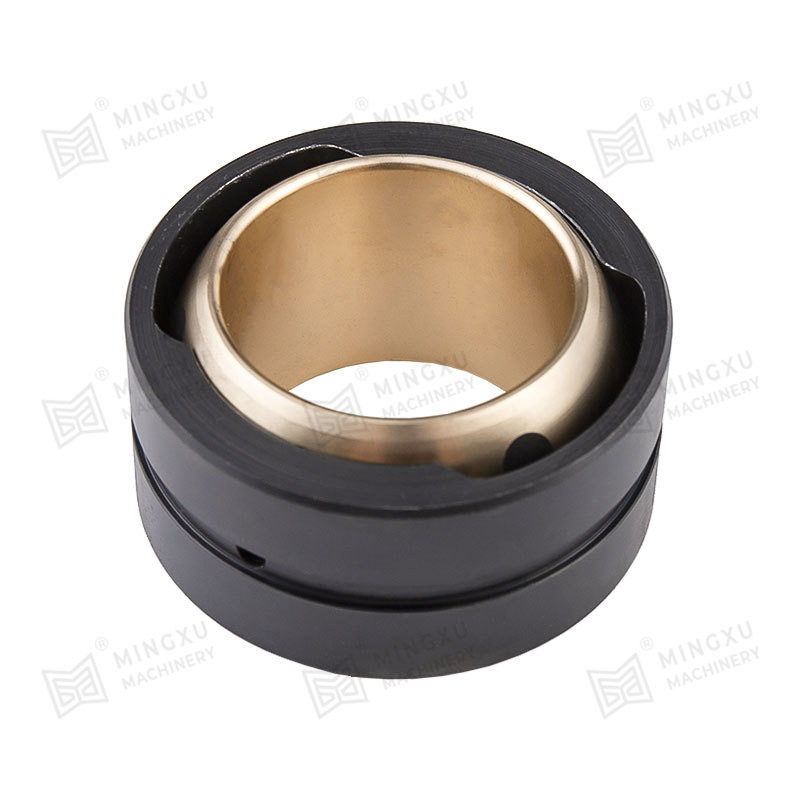
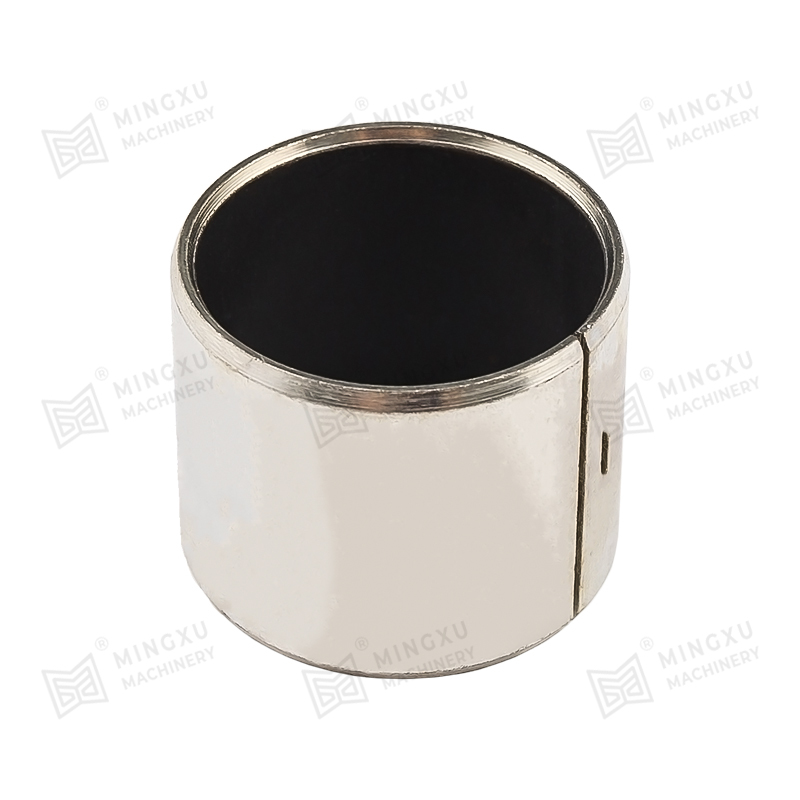

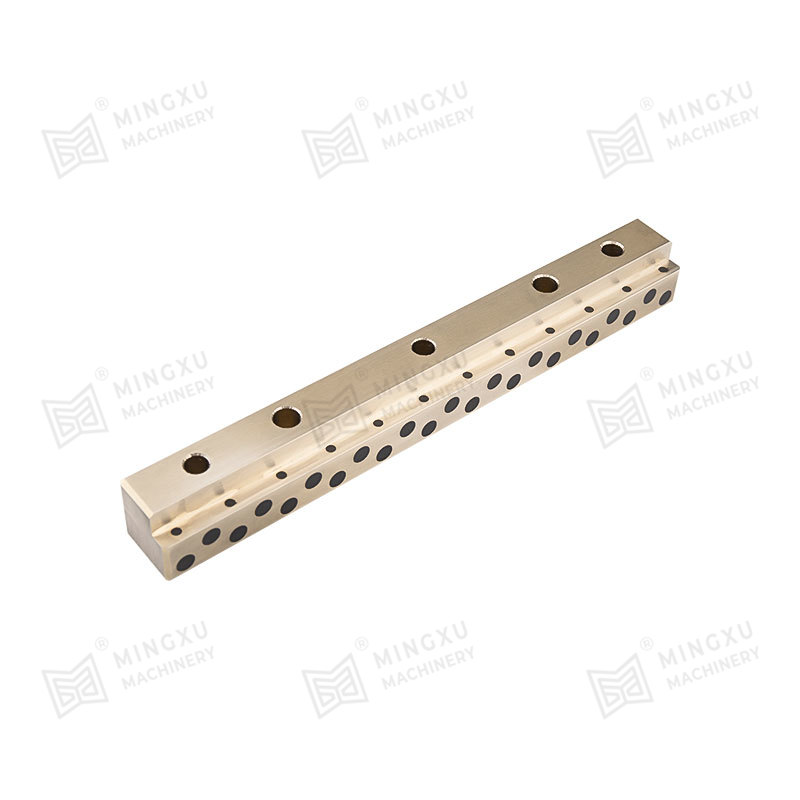
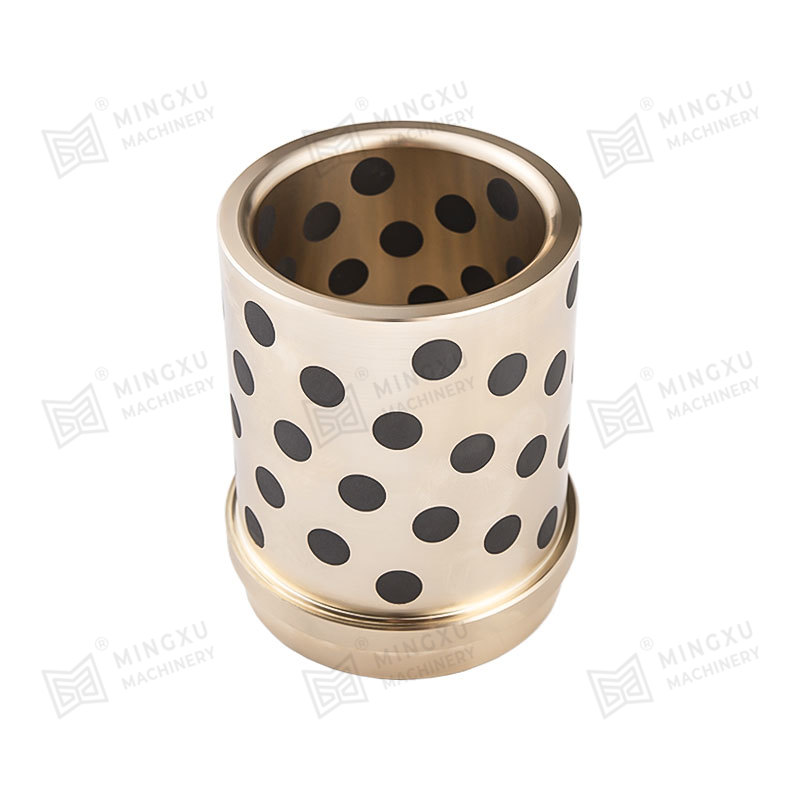
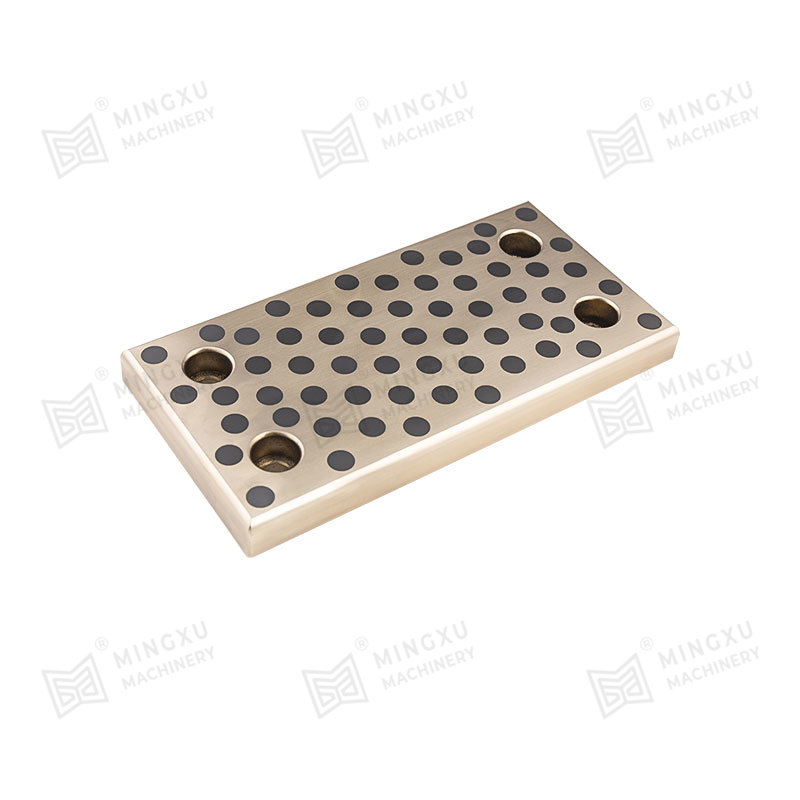
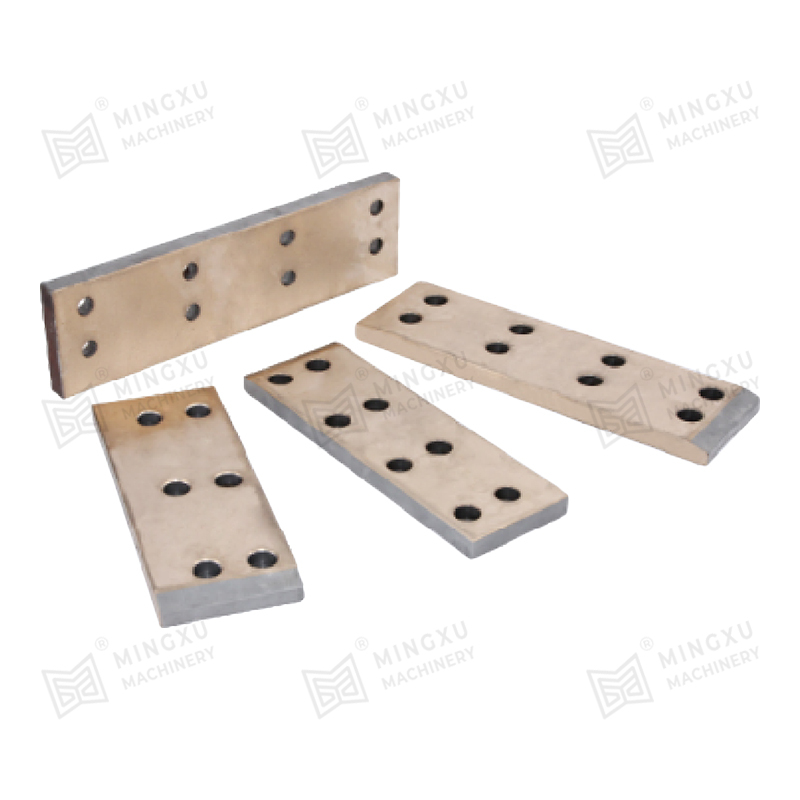
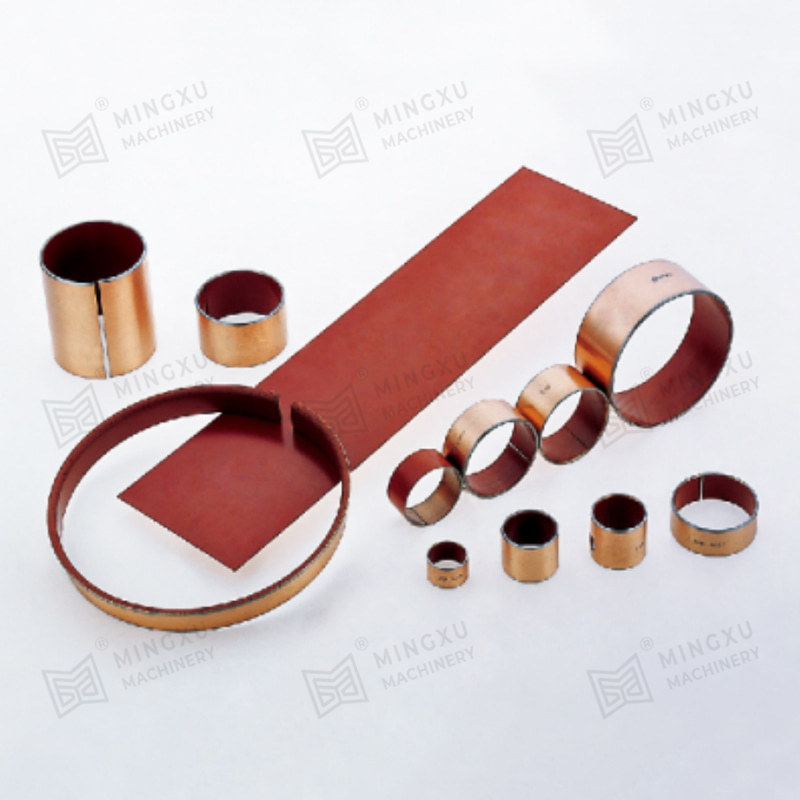

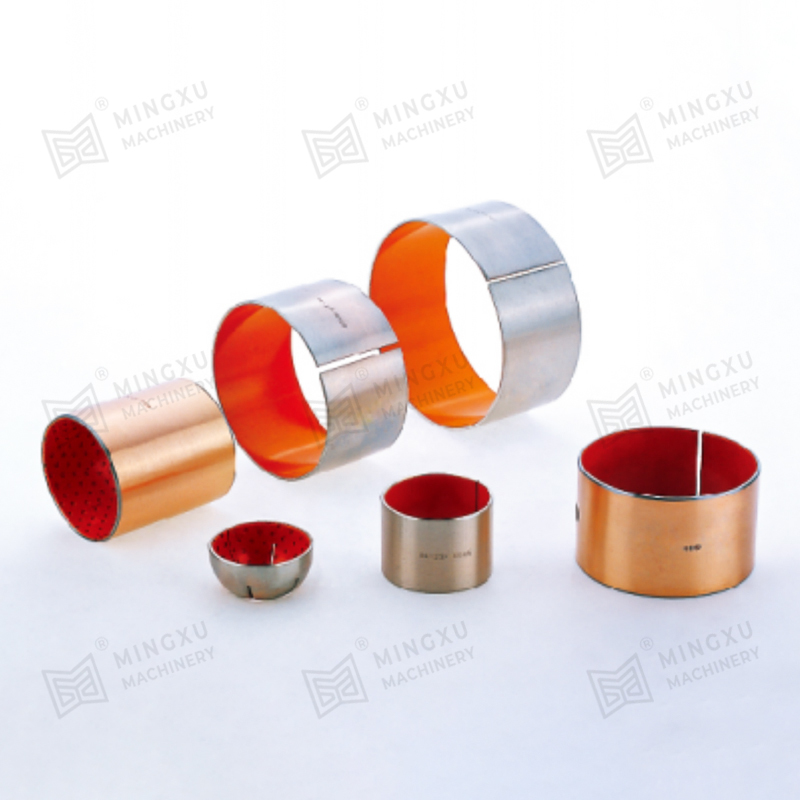






Contact Us